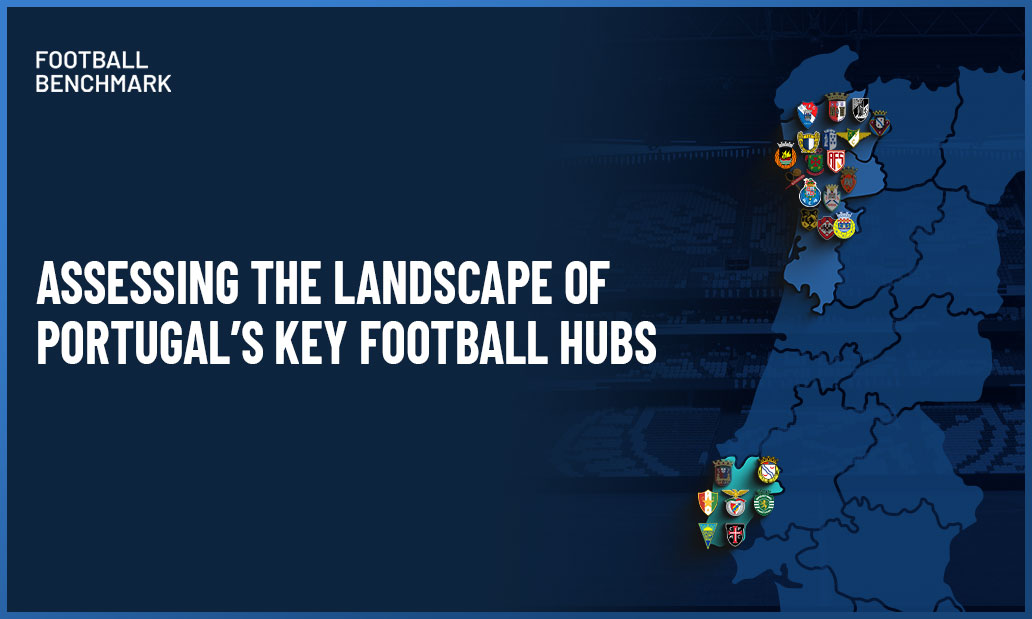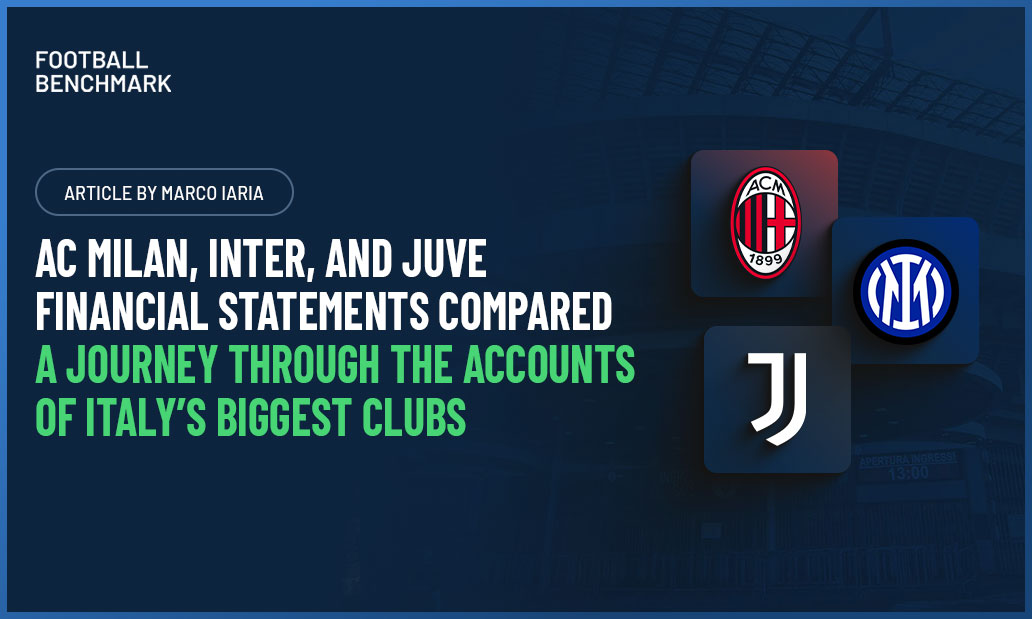
Portugal has long played an outsized role in European football. The country has established itself as one of the game’s most important talent pathways, combining world-class youth development with a proven track record in player trading and international visibility.
A combination of strong domestic talent, deep ties with South America and Africa, a regulatory framework that allows unrestricted non-EU recruitment, and relatively low operating costs has made Portugal a focal point for investors and operators. In recent years, the country has become a prime destination for multi-club ownership.
Within this context, the regional concentration of Portuguese football is a defining feature that prospective investors must understand. More than almost anywhere else in Europe, professional football is concentrated in two hubs: Lisbon and the northern hub of Porto, Braga, and Guimarães. This article analyses how this density of clubs has shaped the Portuguese football market and created a unique ecosystem.
Mapping the ecosystem
This concentration reflects both demographics and the historical evolution of the football industry. The Lisbon metropolitan area and the northern hub (Porto, Braga, and Guimarães), defined here as including clubs within roughly 50km of the cities, are each home to around 3 million people, together representing well over half of Portugal’s total population. By contrast, much of the rest of the country is sparsely populated and continues to lose people due to ageing and migration trends.
As seen in our previous analysis of Madrid’s football hub, professional football across Europe is increasingly concentrated in major metropolitan areas. Portugal is a particularly clear example of this trend.
In 2025/26, 27 clubs (including the B teams of SL Benfica, Sporting CP, and FC Porto) from Lisbon and the northern hub compete across the top two divisions of Portuguese football - 75% of the total. The northern hub accounts for 18 clubs (9 first division, 9 second division), while the Lisbon hub contributes six of the 18 top-tier clubs plus three second-tier clubs.
Portuguese football has therefore become increasingly defined by these two regions, leaving much of the rest of the country underrepresented at the professional level. In the Primeira Liga, only Tondela, in mainland Portugal, and Santa Clara and Nacional, in the Portuguese islands of São Miguel and Madeira, currently operate outside these hubs.
The commercial dominance of the “Big 3”
This geographic concentration is amplified by the commercial dominance of the “Big 3.” SL Benfica, Sporting CP, and FC Porto act as nationwide reference points, controlling fanbases and commanding the vast majority of revenues and visibility.
In 2023/24, Benfica generated €179m in operating revenue, Porto €174.5m, and Sporting €101.5m. Braga’s €53.2m illustrates their solid status as Portugal’s clear “fourth club,” while most other top-tier clubs generate between €5m and €15m. Even a club with the historical pedigree and sizeable fanbase of Vitória Guimarães reported turnover of just €12.8m, highlighting the commercial gap.
Stadium attendance figures underline the same dynamic. In 2024/25, Benfica averaged nearly 60,000 fans per match, with Porto and Sporting both above 40,000. The rest of the Primeira Liga averaged just over 5,000, with clubs such as Gil Vicente (5,496), Famalicão (3,781), Estrela da Amadora (3,704), Estoril (2,723), Rio Ave (2,591), and Casa Pia (2,043) reinforcing the scale of disparity. As Football Benchmark’s previous analysis highlighted, operating within a major metropolitan area does not automatically translate into strong stadium attendances.
For investors, this means that the commercial profile of target clubs must be assessed with particular care.
European exposure beyond the “Big 3”
Despite modest financial resources, many smaller clubs from Lisbon and northern Portugal have competed in European competitions over the past 15 years. These appearances have typically been sporadic, often reflecting one-off strong seasons rather than long-term consistency.
Vitória Guimarães (8 appearances), Rio Ave (4), Arouca (2), Paços de Ferreira (2), Estoril Praia (2), and Gil Vicente (1) have all participated in UEFA Club Competitions, including qualifying rounds, during this period. More recently, Famalicão has emerged as a credible force in the northern hub, leveraging effective recruitment and player trading to compete near the top.
This reinforces the broader picture: while Braga has consolidated itself as Portugal’s “fourth club,” the remaining opportunities for European exposure are fiercely contested among many challengers.
Player trading as Portugal’s financial engine
Given these dynamics, player trading remains the critical financial driver of Portuguese football. Over the past decade, many clubs have consistently recorded positive net transfer balances, with the “Big 3” regularly exceeding €50m per season.
When analysing aggregated transfer balances over the last decade, beyond the giants, the northern hub once again stands out: Braga (€241m), Guimarães (€124m), Famalicão (€74m), Rio Ave (€38m), Arouca (€30m), Gil Vicente (€19.5m), and Moreirense (€19.3m) have all established themselves as effective traders. Estoril (€55m) remains the only Lisbon-based club, excluding Benfica and Sporting, to surpass the €30m mark in cumulative surpluses since 2015/16. Portimonense (€95m) and Santa Clara (€24m) are the only clubs outside the hubs to feature as top trading performers.
While Benfica and Sporting are often regarded as benchmarks for talent development, attracting investor attention to the Lisbon metropolitan area, the data indicates that the strongest transfer records have been concentrated in the north.
In this context, understanding player mobility and trading pathways is especially critical: for many of these clubs, trading is not simply a revenue stream but the very foundation of their business model.
A clustered market where risks and opportunities coexist
The dense clustering of clubs plays a critical role in this system. Proximity accelerates talent development, as players move between academies and competitive levels before entering international markets. This is reinforced by Portugal’s strong intermediary networks, which ensure remarkable speed and efficiency in player mobility. Few other countries replicate this ecosystem.
For investors, Portugal represents a compelling case. However, proximity also creates divergence: while some clubs have become reliable exporters of talent and occasional European participants, others in the same environment have struggled to achieve visibility or sustainability.
The result is a football landscape where risks and opportunities coexist in equal measure. Concentration itself is both a challenge and an advantage, reducing national diversity but intensifying competitiveness and efficiency within the hubs.
In this context, understanding the landscape in detail is critical to identifying the right opportunities. Football Benchmark supports investors throughout this process, combining market intelligence, expertise and bespoke advisory to help navigate the unique features of the football ecosystem.




